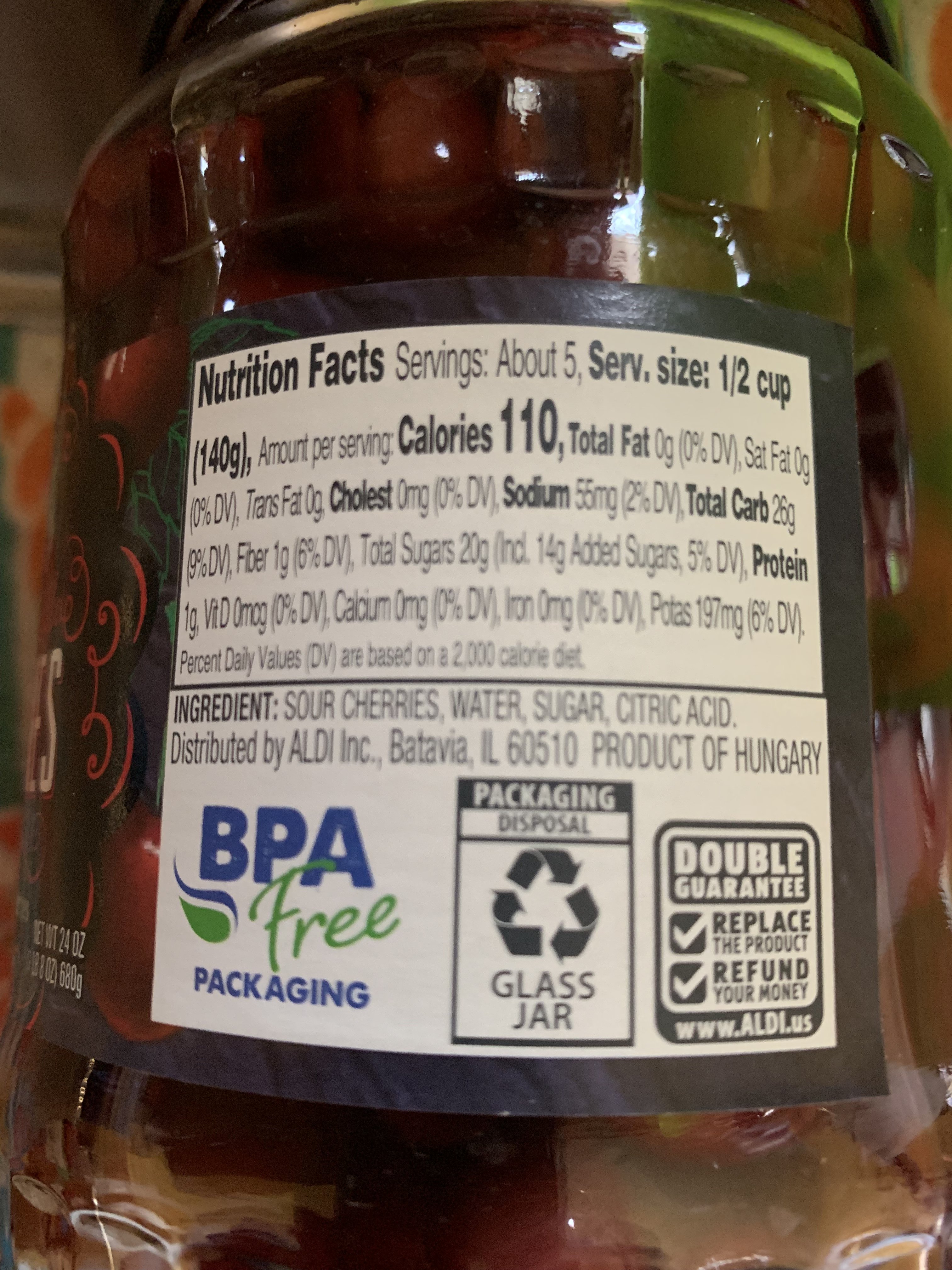OpenSights
Well-Known Member
- Joined
- Dec 9, 2017
- Messages
- 1,149
- Reaction score
- 2,023


I’d like to start out with a tart cherry mead. I have some awesome tart cherry concentrate that is organic, no preservatives or any other chemicals that I use in my still evolving recipe for chocolate cherry covered stout.
My plan is 18# honey, normal nutrient and energizer schedule and at the start of fermentation 3-24oz jars of these tart cherries I bought at Aldi today. Planing on using D47, so it will get a good six months fermentation in the basement. If I need to add the tart cherry concentrate I’ll use a stabilizer just in case.
My question is about the citric acid and the brine or juice, is that a big no, or will it be ok?
The honey is local, raw, unfiltered and in a crystallized state so I plan on warming it up to about 100 degrees in a double boiler.
Just so I kinda know what I’m doing next weekend, does everything sound about right?
Appreciate any advice.


